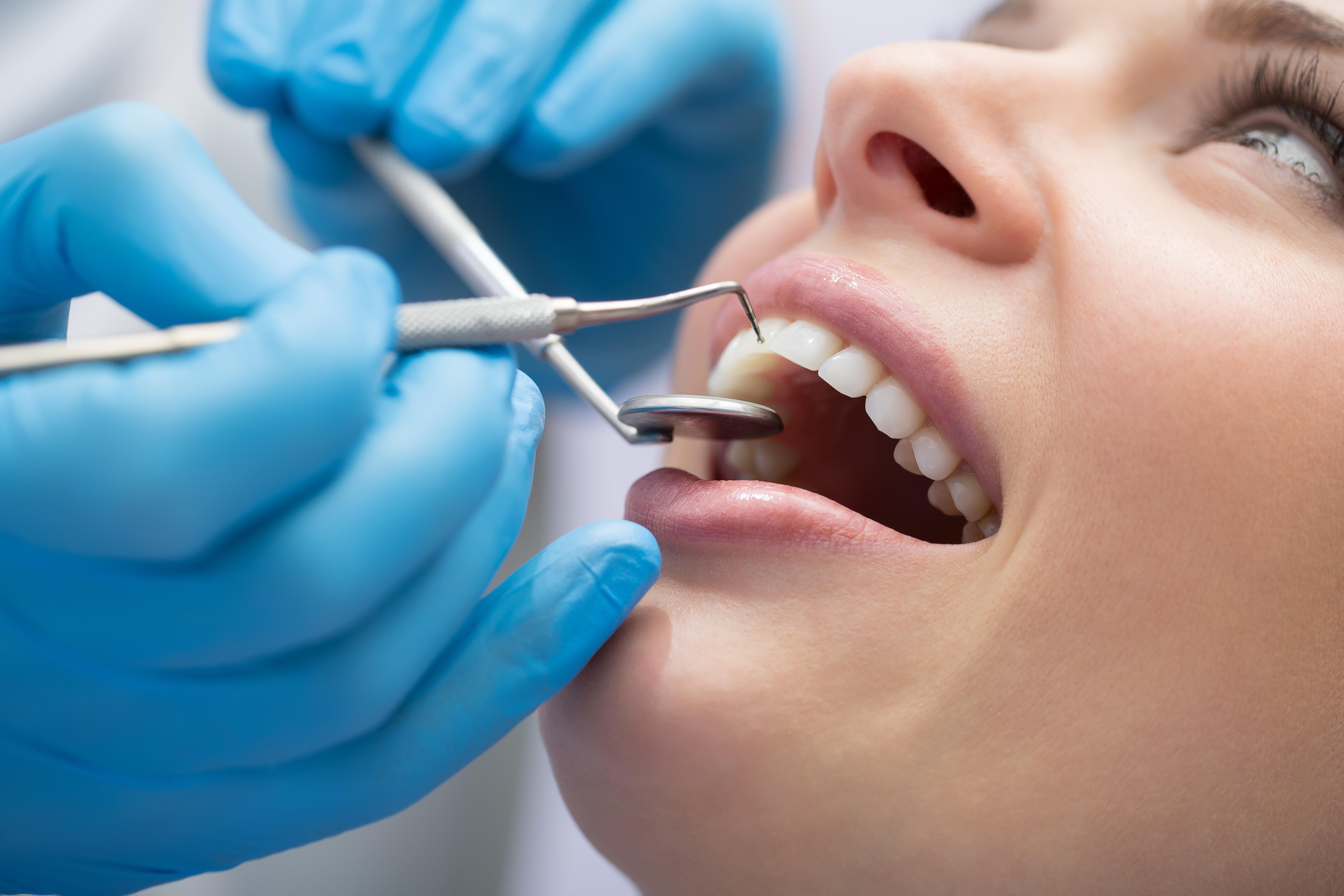The Refine Associated With Obtaining Dental Veneers Explained
The process of obtaining oral veneers is a diverse trip that starts with a first appointment, where both oral health and wellness and visual objectives are completely analyzed. Following this, an extensive therapy plan is formulated, incorporating diagnostic tools to recognize the most appropriate veneer type. As the treatment proceeds, careful tooth preparation is important, along with the provision of short-lived veneers for security. The last action includes the specific bonding of custom veneers, causing an all-natural look. Understanding each of these stages is vital, yet there are nuances that might considerably impact the result (Dental Veneers).
First Consultation
The initial assessment works as a critical foundation for the success of oral veneers. During this visit, the dental professional performs a detailed evaluation of the patient's oral health, that includes examining the condition of the teeth, periodontals, and general bite. This comprehensive exam is vital to determine whether dental veneers are an ideal option for the individual.
Along with the professional assessment, the first examination provides a chance for people to share their aesthetic goals and worries. The dental expert will certainly discuss the numerous kinds of veneers available, such as porcelain and composite resin, and outline the advantages and limitations of each option. This conference enables for the facility of connection between the client and the dental professional, promoting an atmosphere of depend on and open communication.

Treatment Planning
Treatment preparation for dental veneers includes a systematic and careful technique to ensure optimal results tailored to the client's unique demands. This phase is critical for achieving the desired visual and practical end results. Originally, the dentist examines the individual's dental history, issues, and assumptions to develop a detailed understanding of their requirements.
Following this, analysis devices such as Perceptions, photographs, and x-rays are utilized to review the problem of the teeth and surrounding structures. These analyses assist the dental expert determine the suitable type of veneers, whether porcelain or composite material, based upon variables such as longevity, translucence, and the patient's way of living.
Aesthetic considerations play a significant function in therapy planning. The dentist works closely with the client to choose the excellent shade, shape, and length of the veneers, guaranteeing they complement the person's face attributes and overall smile. Additionally, a treatment timeline is established, detailing the necessary appointments and treatments.
Eventually, effective treatment planning not just attends to the technological aspects of veneer application however also focuses on person comfort and fulfillment, setting the stage for a successful improvement of their smile.
Tooth Preparation
Preparing the tooth is an important action in the veneer process, as it ensures an appropriate fit and boosts the durability of the repair. This stage usually starts with a thorough assessment of the tooth, including a discussion of the desired outcome and any certain problems the person may have. The dental expert will certainly examine the tooth's framework and health to identify the suitable strategy.
Once the assessment is complete, the dental professional will proceed with the prep work, which involves getting rid of a slim layer of enamel from the front and sides of the tooth. This reduction generally ranges from 0.5 to 1 millimeter, depending upon the sort of veneer and the person's oral composition. The elimination of enamel is important, as it produces room for the veneer, permitting it to sit flush versus the tooth and making sure an all-natural appearance.
After the enamel is formed, perceptions of the ready tooth are taken, which will be made use of to fabricate the customized veneer. This precise prep work not only help in achieving an accurate fit yet also adds to the total aesthetic appeal and functional integrity of the last restoration.
Short-term Veneers
Throughout the veneer process, momentary veneers play an essential duty in bridging the space between the tooth prep work and the placement of the final remediation. After the dental practitioner prepares the teeth by eliminating a percentage of enamel, temporary veneers are crafted to protect the hidden structure while ensuring visual connection.
These short-lived reconstructions are normally made from acrylic or composite resin materials, supplying a natural look and useful advantages. They serve essential objectives: keeping the alignment of the teeth, protecting against level of sensitivity, and protecting the general oral wellness throughout the waiting period for the last veneers. Dental Veneers. Additionally, momentary veneers aid individuals envision the expected outcomes, permitting modifications in shape or color before the irreversible veneers are placed
The application of temporary veneers Home Page is a straightforward procedure. Generally, short-lived veneers are essential in making certain a seamless transition to the last dental veneer treatment, leading the method for an improved smile.
Final Positioning
The last placement of dental veneers marks a zero hour in the aesthetic improvement procedure, as patients transition from momentary restorations to their irreversible solutions. This treatment normally happens after the oral research laboratory has actually diligently crafted the veneers to match the person's special oral framework and preferred aesthetic.
On the day of positioning, the dentist will certainly initially assess the fit and shade of the veneers, guaranteeing they line up perfectly with the bordering teeth. After validating that the veneers fulfill the preferred specifications, the dentist will extensively cleanse the tooth surface areas to eliminate any kind of particles or adhesive residues.
Next, a special dental adhesive is used, adhered to by the careful positioning of each veneer onto the corresponding tooth. As soon as in position, the dental practitioner will use a treating light to activate the bonding agent, firmly fastening the veneers.
Final Thought
In verdict, the process of obtaining oral veneers includes several important steps, consisting of a first assessment, comprehensive therapy preparation, tooth prep work, the application of short-lived veneers, and the final positioning of personalized veneers. Each stage is important to guarantee optimal visual outcomes and maintain dental health and wellness. By sticking to this organized method, individuals can achieve a all-natural and enticing smile, significantly improving their general dental look and increasing confidence. The effectiveness of this treatment depends on careful execution throughout each phase.

Overall, short-lived veneers are important in ensuring a Visit Your URL smooth shift to the last oral veneer treatment, leading the means for a boosted smile.
In final thought, the procedure of obtaining dental veneers includes a number of essential steps, including an initial appointment, comprehensive treatment planning, tooth prep work, the application of short-lived veneers, and the final positioning of personalized veneers.